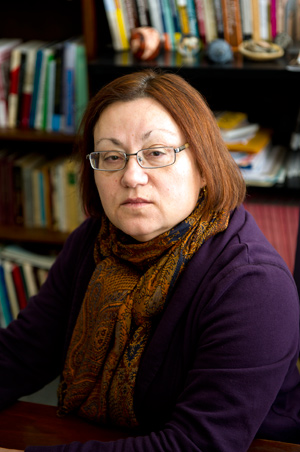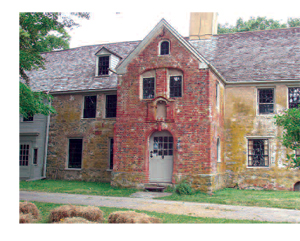Pamela Smith has now organized ‘Personal Histories’ sessions for some time. With these she tries to capture at least part of the oral history of archaeology by videoing and recording the sessions with her helpers. She started at Cambridge in 2006 with a panel remembering the 1970s and new archaeology, continued with women and gender archaeology a year later, and has lately been having at least one big session a year. Recently there have been sessions at the CAA conference in Southampton discussing and remembering the beginnings of computer archaeology and one at UCL, where the Institute of Archaeology is not only the largest department in the country but also had a big anniversary, so the project has truly become national. The videos of the sessions have been presented in different TAGs and the big session is like an annual tradition with its tea parties at Cambridge.
This year the big event did not happen, but yesterday we had a smaller do, where Martin Carver was remembering his career. It became soon clear that the session was meant as a kind of career booster for the undergraduates, since as Carver reminded us, ‘if I can make it, anybody can’. He does even not have a degree in archaeology, but only a diploma. Nevertheless, in his generation this is not unusual. Degrees and PhDs where not so important when money was tight and archaeology was not professionalized or organized into heritage industry. What counted was, and counts still today, is the experience, results and publications.
Carver did discuss his research intensively together with his freelance digger and youth programme years at the urban excavations, but Sutton Hoo was mentioned almost passing. He emphasized that it was run as a business proposal with a research strategy with members and people coming to dig during their summer holidays. He also had BBC crew making a Chronicle programme and we did see David Attenborough on one of the photos. The longest Sutton Hoo story involved the lack of skill the modern sailors of a reconstruction Viking boat had in comparison to their forefathers. That trip in question ended with all down in the cold sea after the boat capsized.
What became clear was how important Carver’s military career had been for his archaeological career, although he seemed to downplay its importance. He spent over 10 years stationed in different parts of the crumbling empire and managed in one place abroad to put out a small archaeological exhibition – and he suggested that army time and visits to different countries did not affect his later career choice... Nevertheless, the most lasting legacy of the army life was the routine in planning, strategy, organisation and giving workable orders. At the time when archaeology was to a large extent an academic ad hoc pursuit, as he himself suggested, his concise documents and structured plans must have become as a revelation. No wonder the Sutton Hoo project was such a success and a professorship loomed.








